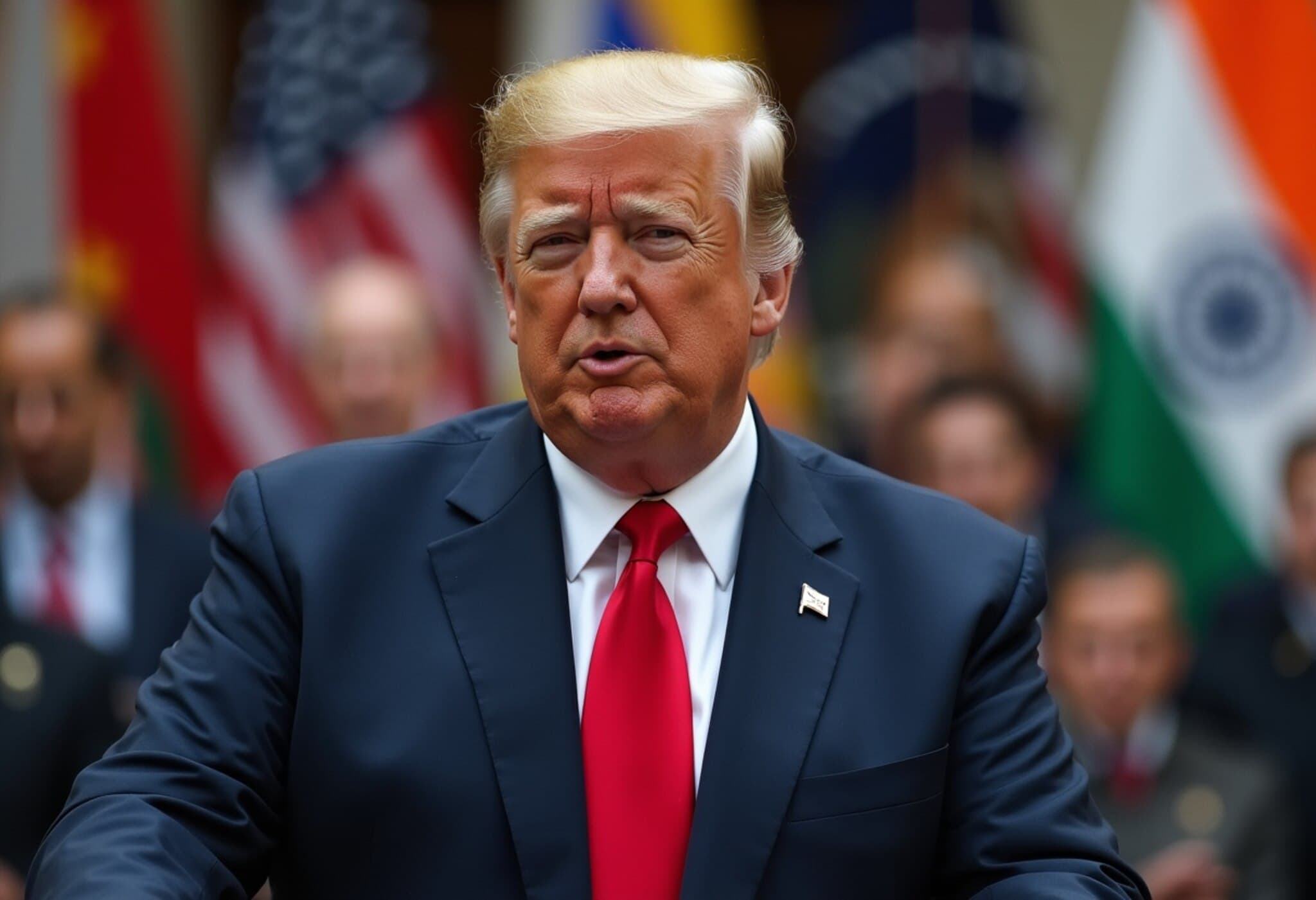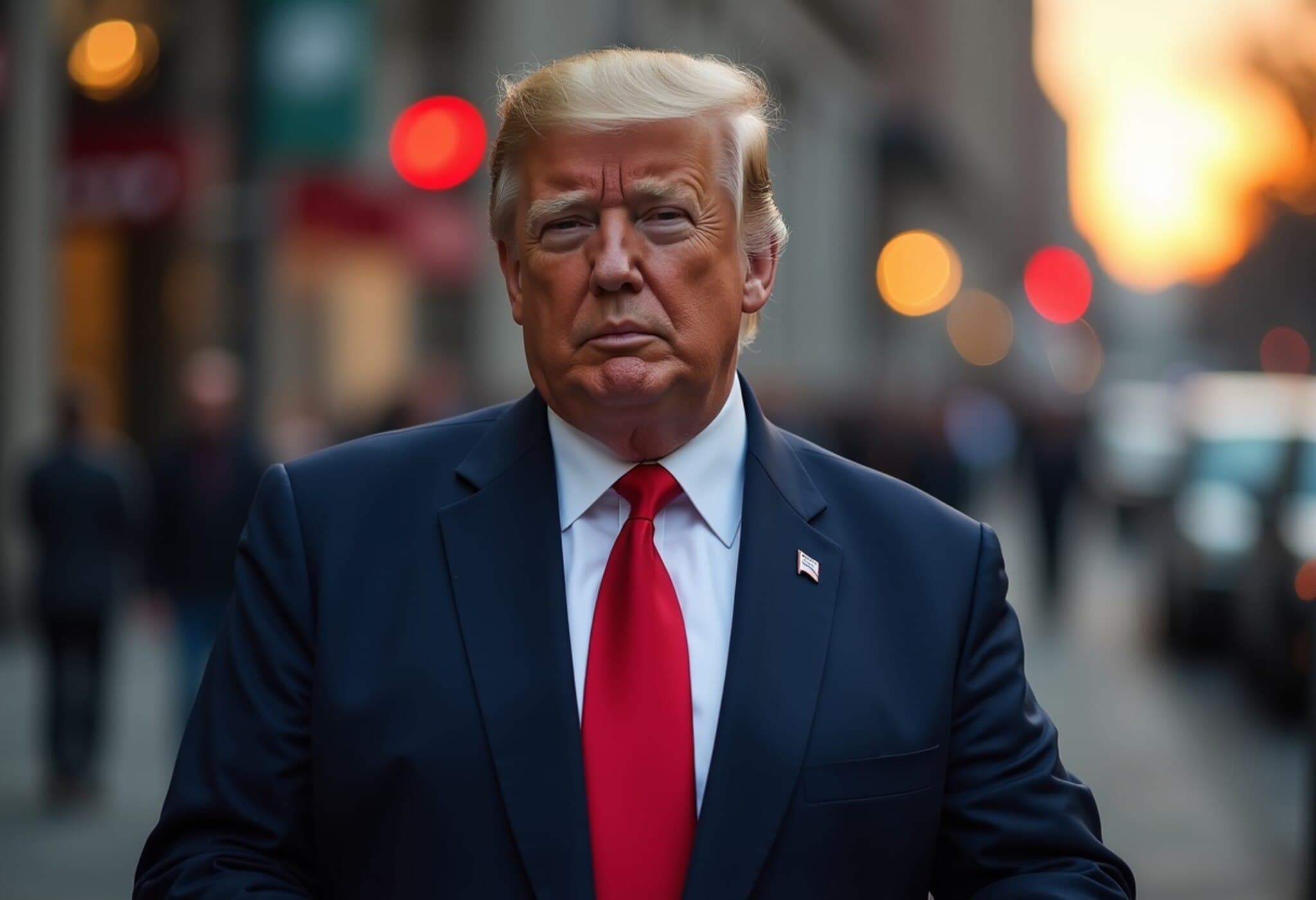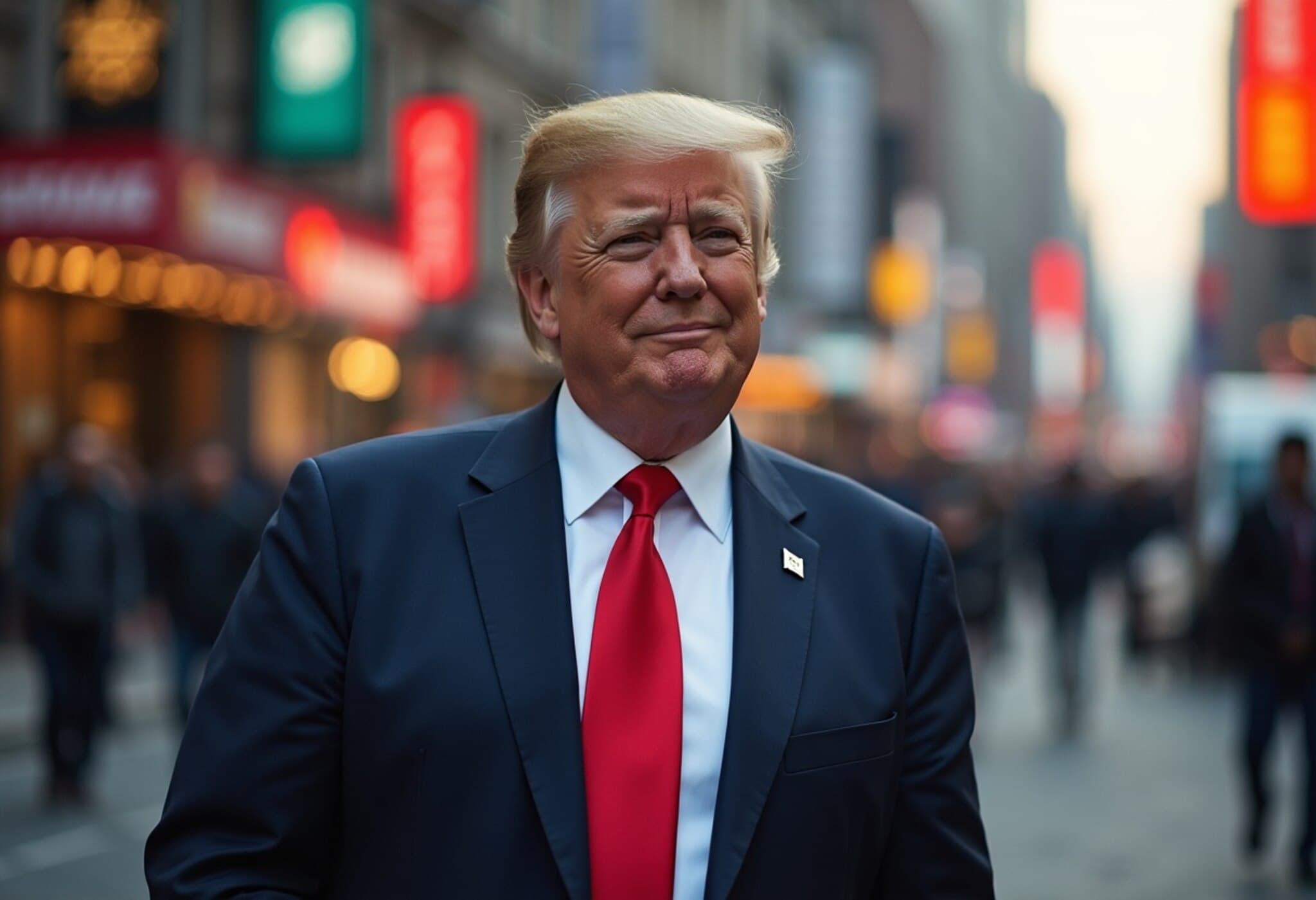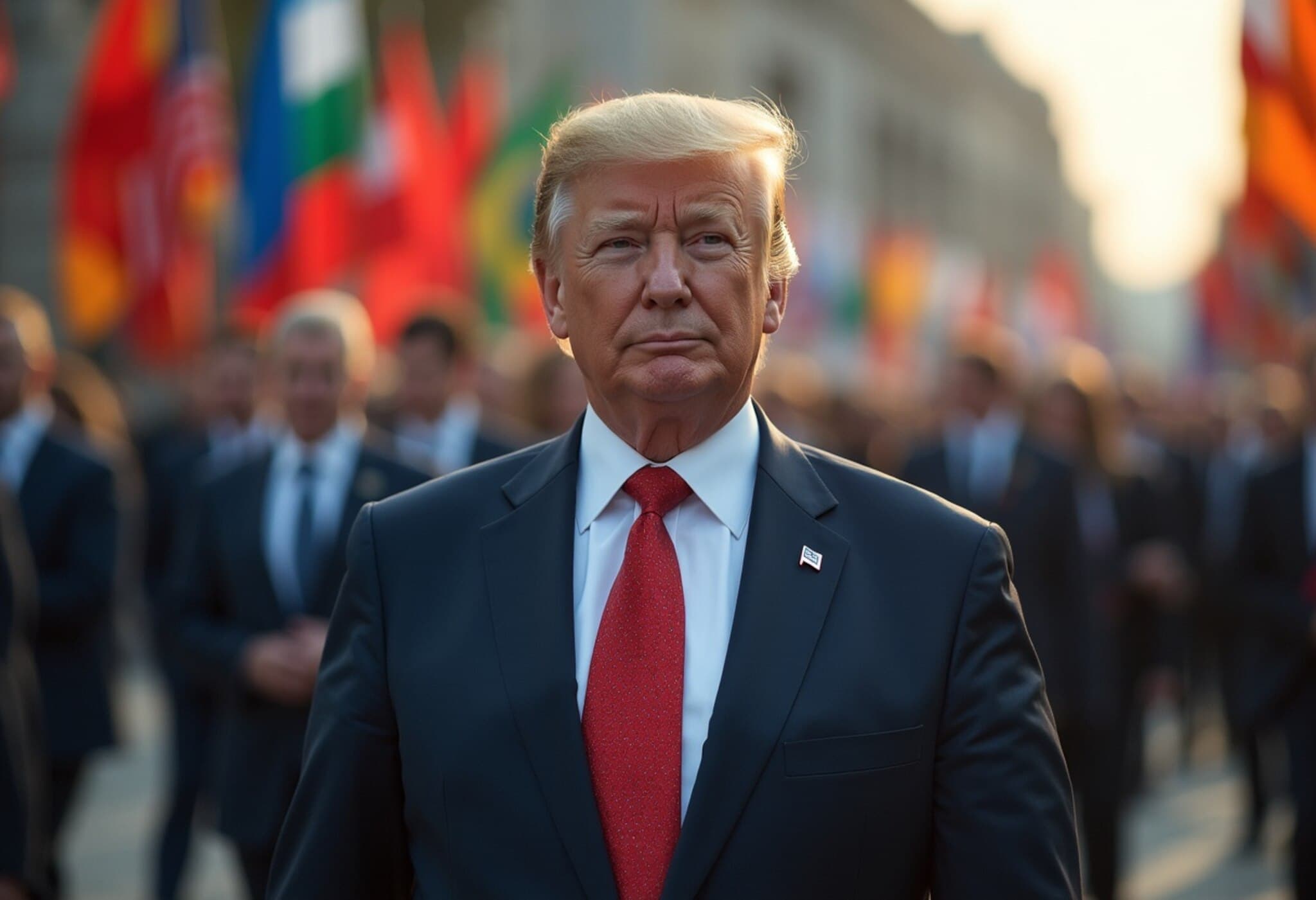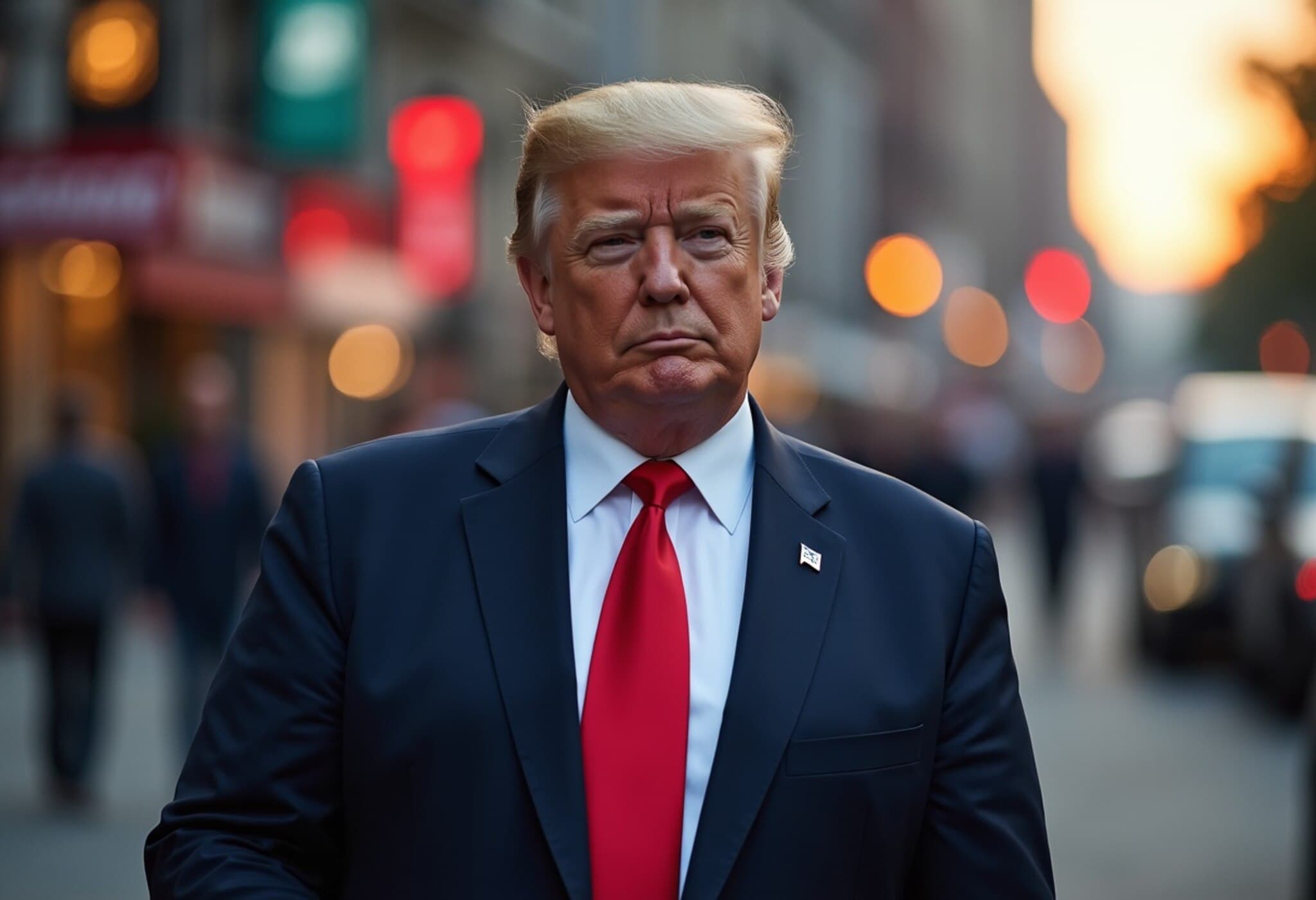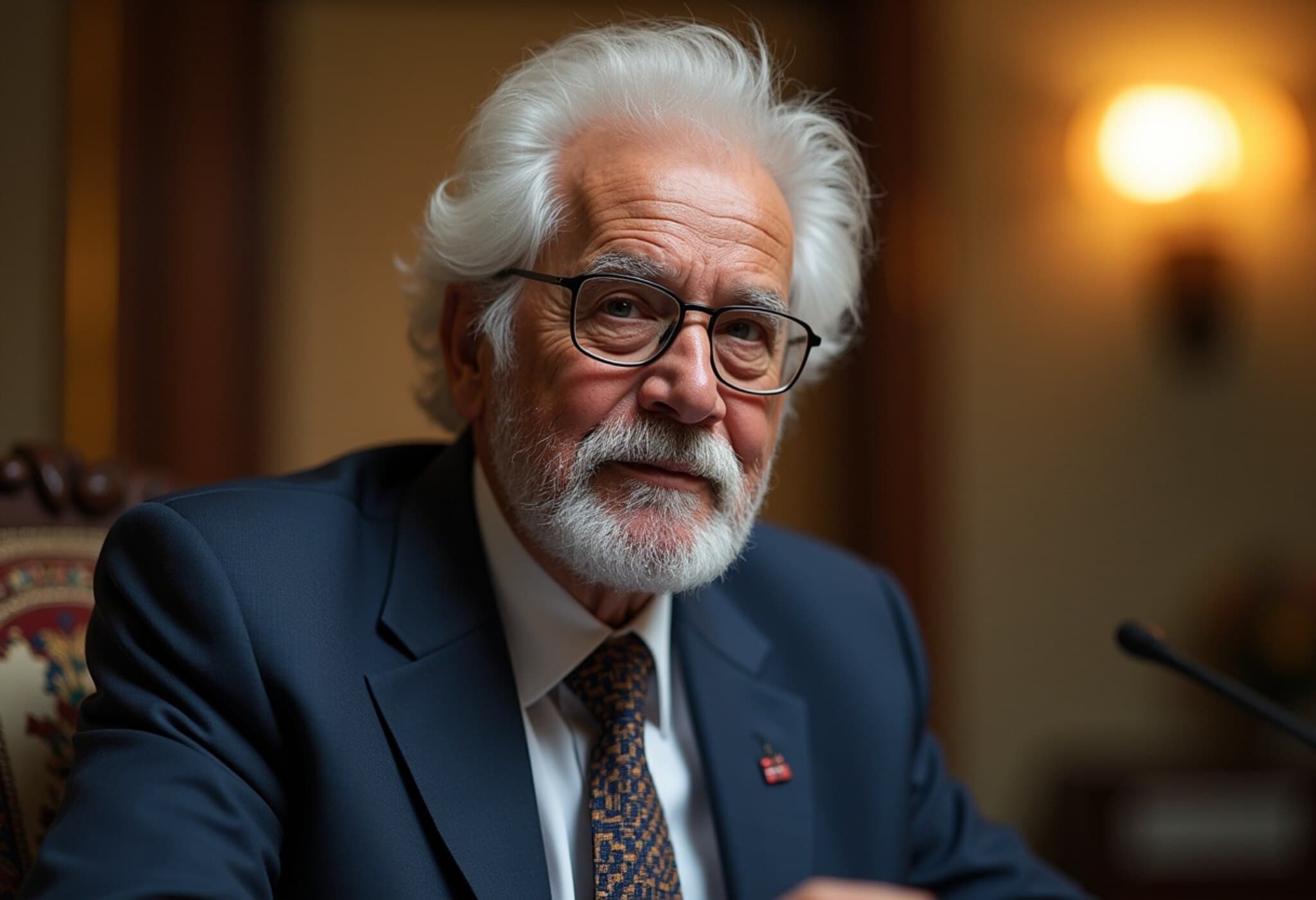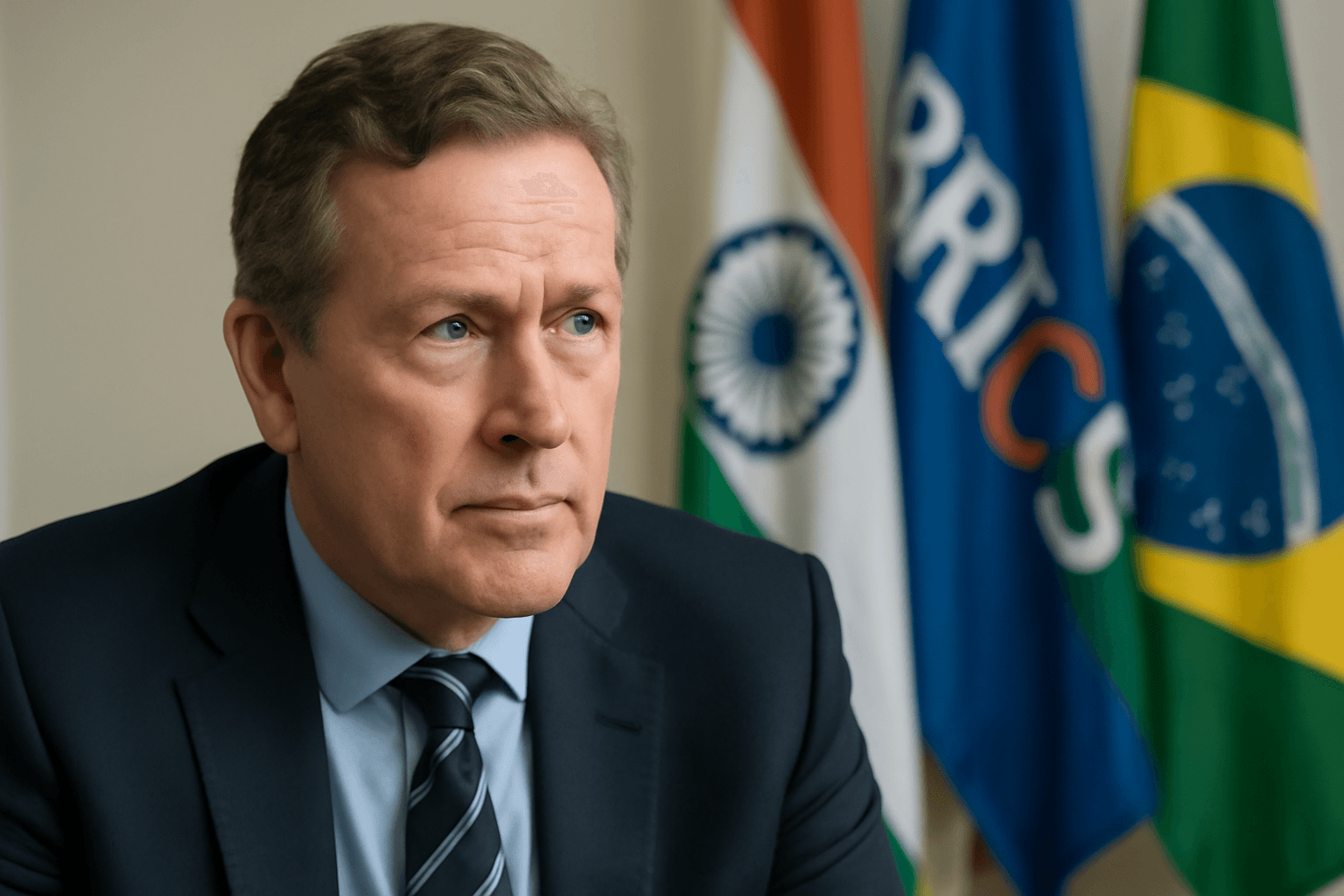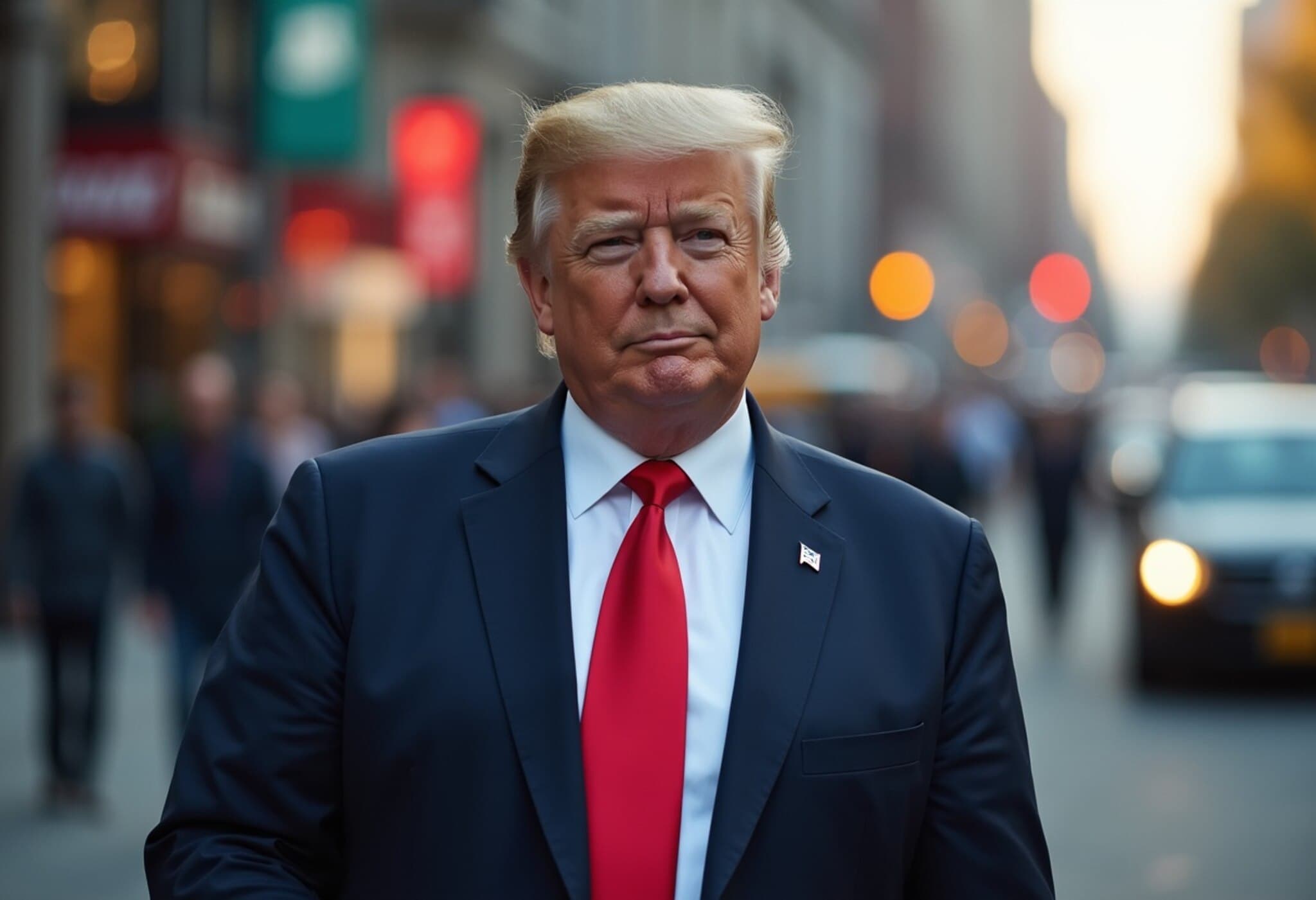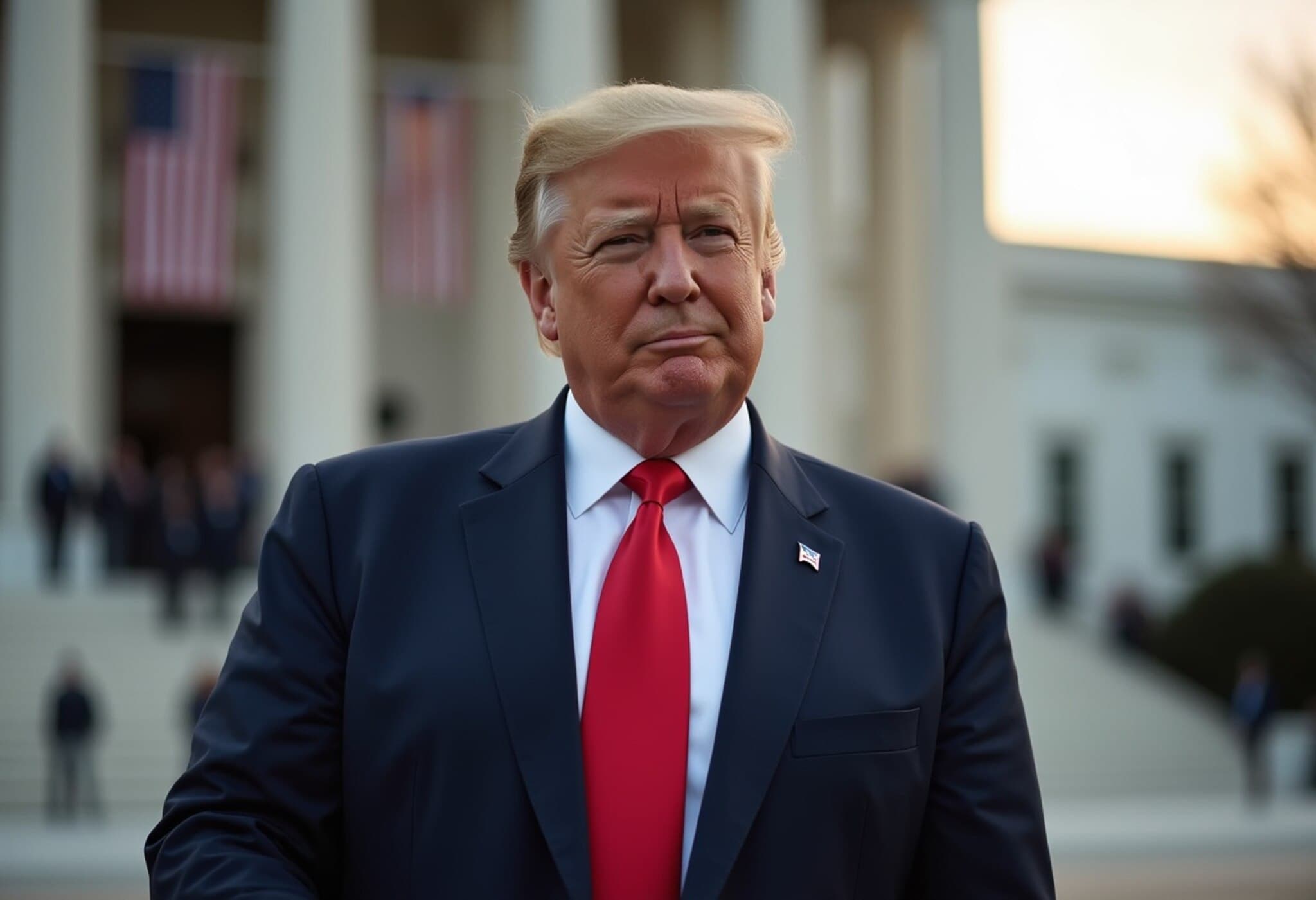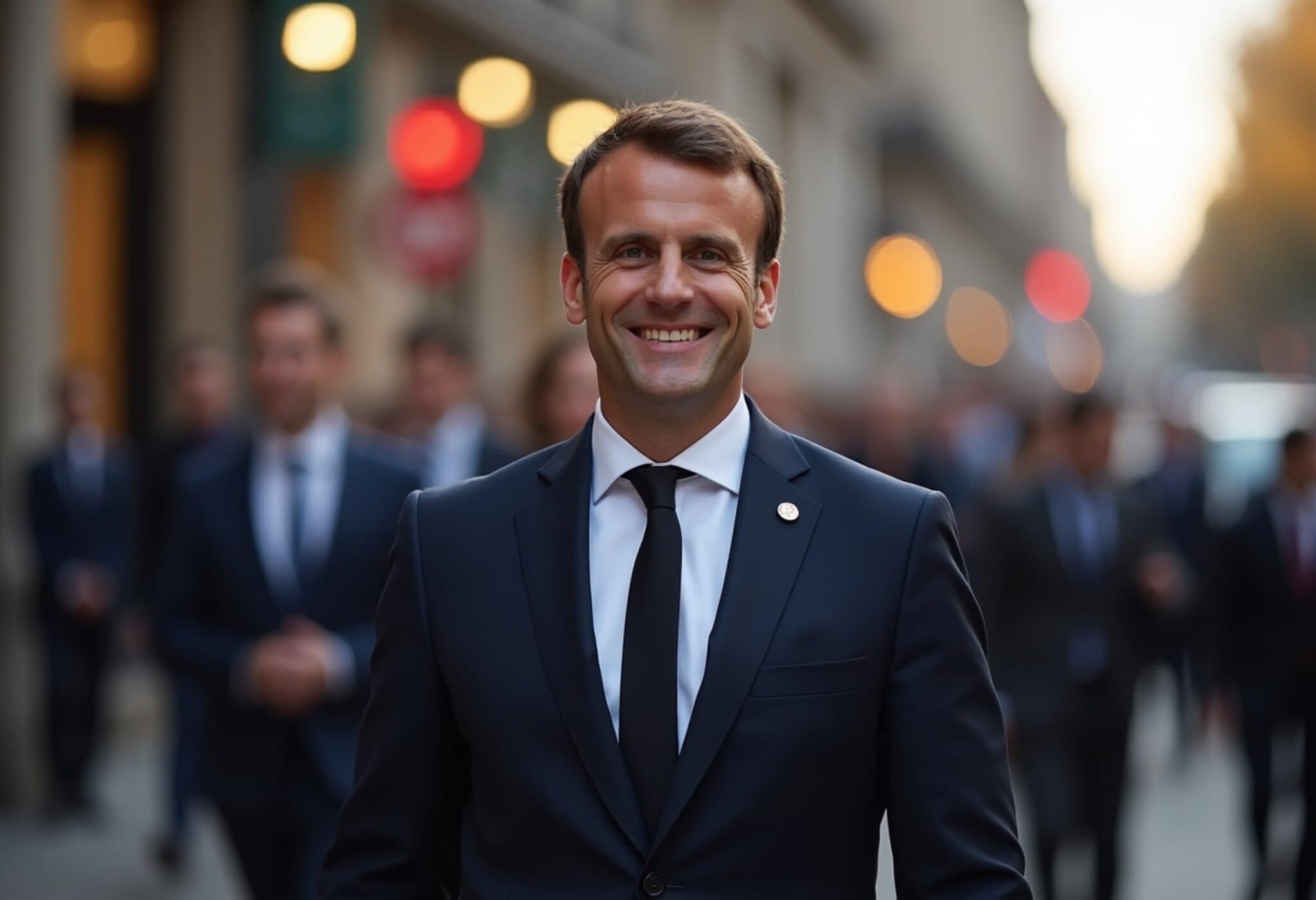Trump Escalates Rhetoric Against BRICS: Tariff Threats and Dollar Dominance
In a stirring resurgence of hardline trade rhetoric, former US President Donald Trump on July 9, 2025, reignited tensions with the BRICS nations by threatening a 10% tariff on member countries. Specifically calling out India among others, Trump accused this influential economic bloc of attempting to undermine the United States and weaken the supremacy of the US dollar — a currency he emphatically called "king".
BRICS Under Fire: Allegations of Economic Undermining
Addressing reporters, Trump reiterated his view that the BRICS alliance — which includes Brazil, Russia, India, China, and South Africa — was essentially created to challenge the dollar’s status as the world’s primary reserve currency. "They (India) have to pay 10 percent if they're in BRICS, because BRICS was set up to hurt us, to degenerate our dollar, to take it off as a standard," Trump said. "That is okay if they want to play their game, I can play their game too. So anybody that is in BRICS is getting a 10 percent charge. If they (India), they’re gonna have to pay a 10 percent tariff."
Such a sweeping tariff declaration could have far-reaching consequences for US trade relations, particularly with BRICS countries that represent a substantial portion of global GDP and international trade flows.
Dollar’s Global Hegemony at Stake?
Trump identified the attempt by BRICS countries to displace the dollar as the global standard as a significant threat to American economic stability and geopolitical power. "If you have a smart president, you’ll never lose the standard. If you have a stupid president like the last one, you would lose it," Trump claimed, implicitly criticizing President Joe Biden’s administration.
He stressed the critical importance of maintaining the dollar’s dominance: "If we lost the world standard dollar, it would be like losing a major world war. We would not be the same country. The dollar is king. We’re gonna keep it that way." This metaphor signals how monetary hegemony intertwines with national security and global influence.
Is BRICS a Serious Threat?
Despite his tough stance, Trump downplayed BRICS as a cohesive powerhouse, suggesting internal fractures have diminished their unity. "I thought BRICS was, and I said it a year ago, that it largely broke up, but a couple of them are still hanging around," he said. Nevertheless, he warned countries aiming to challenge the dollar would “have to pay a big price.”
Expert Insights: Navigating the Complexities of Global Currency and Tariffs
From an economic policy perspective, the proposed tariffs could complicate an already delicate global trade environment. BRICS nations collectively account for a substantial share of global manufacturing, exports, and natural resources. Imposing a blanket 10% tariff risks retaliation, supply chain disruptions, and elevated consumer prices worldwide.
Moreover, the dollar’s role as the world’s reserve currency is buttressed by deep, liquid capital markets and longstanding trust in US institutions—not just political rhetoric. Any shift away from the dollar would depend on complex factors including geopolitical alliances, financial stability, and alternative currency arrangements like China’s yuan or a digital currency innovation.
Legal and diplomatic considerations also emerge: The US imposing tariffs specifically targeting BRICS members could provoke disputes at the World Trade Organization and strain bilateral relations. In the American context, businesses dependent on trade with these nations might lobby against such measures to protect economic interests and jobs.
The Underreported Angle: Impact on India and Emerging Economies
India, as a rapidly growing economy and a key BRICS member, could bear a disproportionate burden. Tariffs would increase costs for American companies importing Indian goods, potentially squeezing trade volumes. The move might also push India to deepen ties with other emerging markets and accelerate efforts toward a multipolar currency landscape.
Future negotiations will be crucial to balance American protectionist impulses with the economic interdependence that defines today’s globalized world.
Conclusion: Dollars, Diplomacy, and the Future of Global Economics
Trump’s renewed threat to impose tariffs on BRICS nations underscores ongoing tensions around the future of global economic leadership and currency dominance. While the US remains a dominant force, emerging alliances seek to reshape global norms in trade and finance. How Washington navigates this evolving terrain will profoundly shape geopolitical dynamics and international markets in the years to come.
Trump’s hardline stance revives critical questions about the durability of the US dollar’s global primacy amid shifting economic alliances. While tariffs might signal resolve, they also risk escalating trade conflicts and economic uncertainty. Policymakers must weigh short-term tactics against long-term strategic interests, especially in light of burgeoning cooperation among BRICS countries. How the US balances assertion with diplomacy will be key to maintaining its influence in a multipolar world economy.

